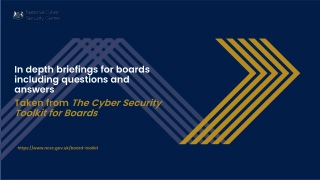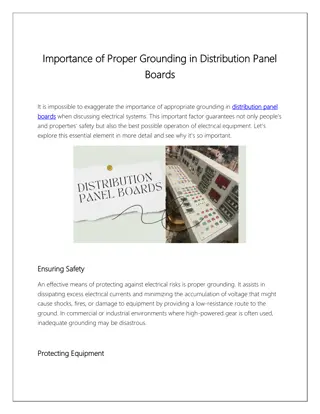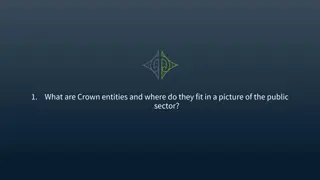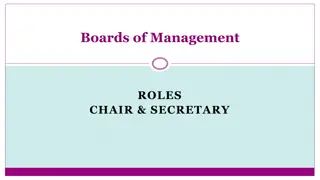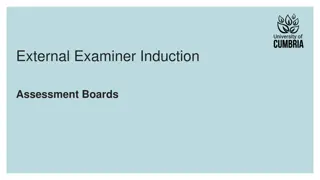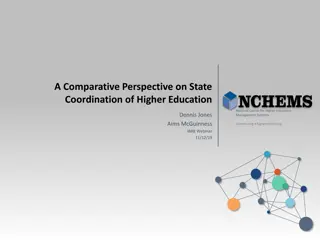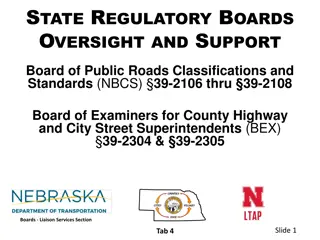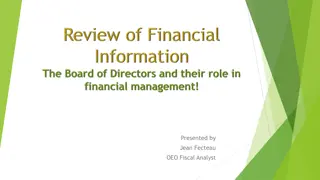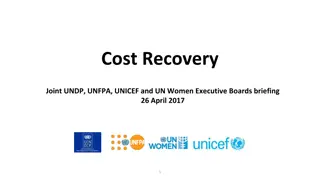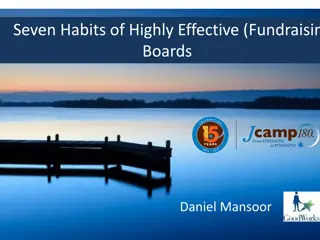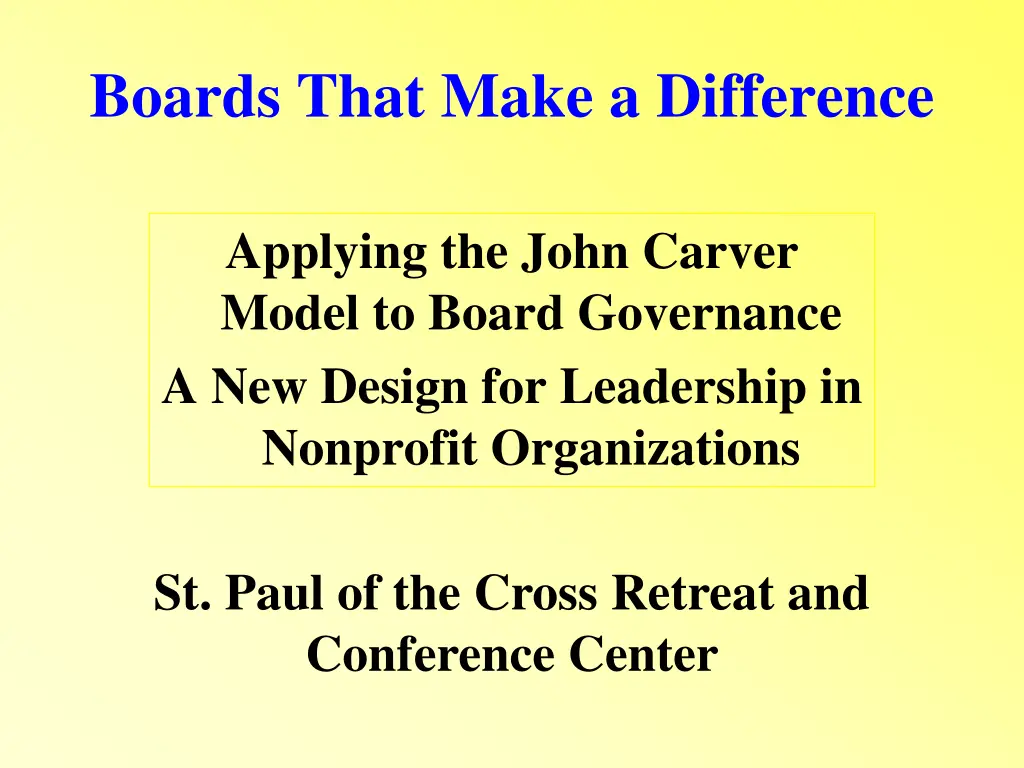
Effective Board Governance for Nonprofit Organizations
Explore the key principles of board governance according to the John Carver Model, emphasizing strategic leadership and effective decision-making. Learn how boards can fulfill their role in ensuring organizational success while avoiding common pitfalls and inefficiencies.
Download Presentation

Please find below an Image/Link to download the presentation.
The content on the website is provided AS IS for your information and personal use only. It may not be sold, licensed, or shared on other websites without obtaining consent from the author. If you encounter any issues during the download, it is possible that the publisher has removed the file from their server.
You are allowed to download the files provided on this website for personal or commercial use, subject to the condition that they are used lawfully. All files are the property of their respective owners.
The content on the website is provided AS IS for your information and personal use only. It may not be sold, licensed, or shared on other websites without obtaining consent from the author.
E N D
Presentation Transcript
Boards That Make a Difference Applying the John Carver Model to Board Governance A New Design for Leadership in Nonprofit Organizations St. Paul of the Cross Retreat and Conference Center
The Painful Truth Most of what the majority of boards do either does not need to be done or is a waste of time when done by the Board. Conversely, most of what boards need to do for strategic leadership is not done.
The Painful Truth Time spent on the trivial Reading reams of documents Long-running meetings that accomplish little Meddling in administration
The Painful Truth Reactivity vs. Proactivity Confusing about what s going on Rubber stamping or Meddling No incisive way to evaluate the Executive
What is Governance? Reduced to its minimum, the purpose of governance is to ensure, usually on behalf of others (Holy Cross Province), that an organization (SPOC) achieves what it should achieve while avoiding those behaviors and situations that should be avoided.
What is Governance? In essence, the board s job is best described as ownership one step down rather than management one step up.
What Should Boards Do? 1. Hire, evaluate, and retain a good Director of Mission and Ministry 2. Provide strategic direction to the Director of Mission and Ministry
What Should Boards Do? 3. Establish, maintain and operate within governance policies 4. Provide fiduciary stewardship for and on behalf of the owners
What Should Boards Do? Governance Policies Help With, But Do Not Replace These Duties
Categories of Governance 1. Ends Policies - Service ends to be achieved 2. Executive Limitation Policies - Means to be avoided
Categories of Governance 3. Board Management Delegation Policies Relationship with the Director 4. Governance Process Policies How the board operates
Designing Policies Get Rid of Unnecessary and Outdated Detail While Being Comprehensive Make Policies Visible, Explicit, Literal, Active, Properly Classified, Centrally Available, and Brief
Designing Policies Move from Broad to Specific and Large to Small (Prioritize) Set Board Policy, not Staff Policy Hold the Director Accountable for Staff Policies
Focusing on Results Define Mission & Purpose Resist getting involved in Organizational Events/Issues Stay Outward Focused Transaction With the Environment If not Ends , it is Means
Basic Board Job Description Linkage to the Ownership Explicit Governance Policies Assurance of Organizational Performance Other Duties (Fundraising, public image, legislative impact, etc.)

